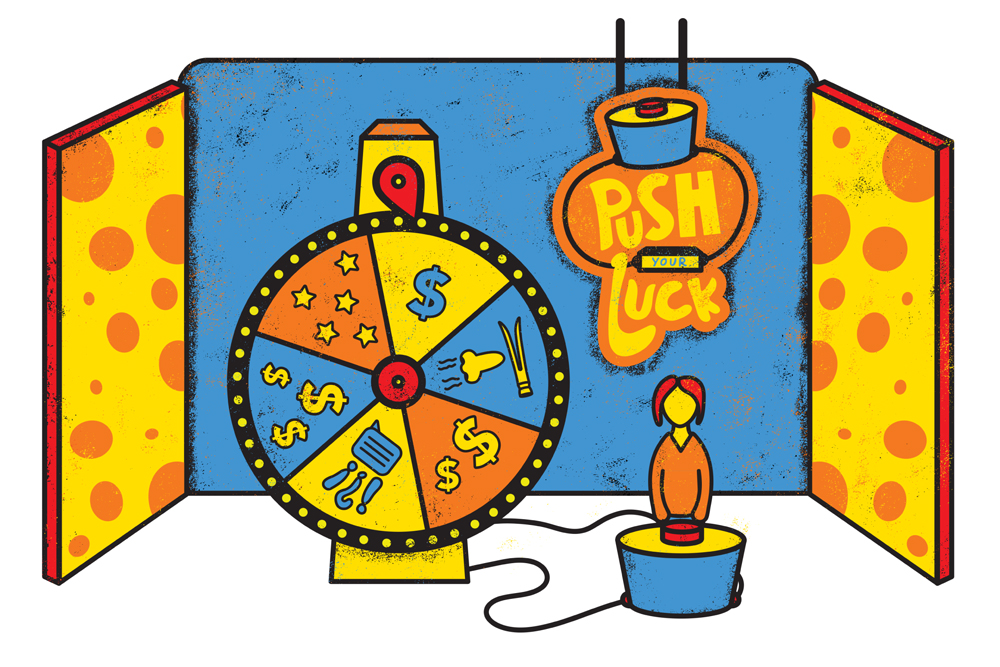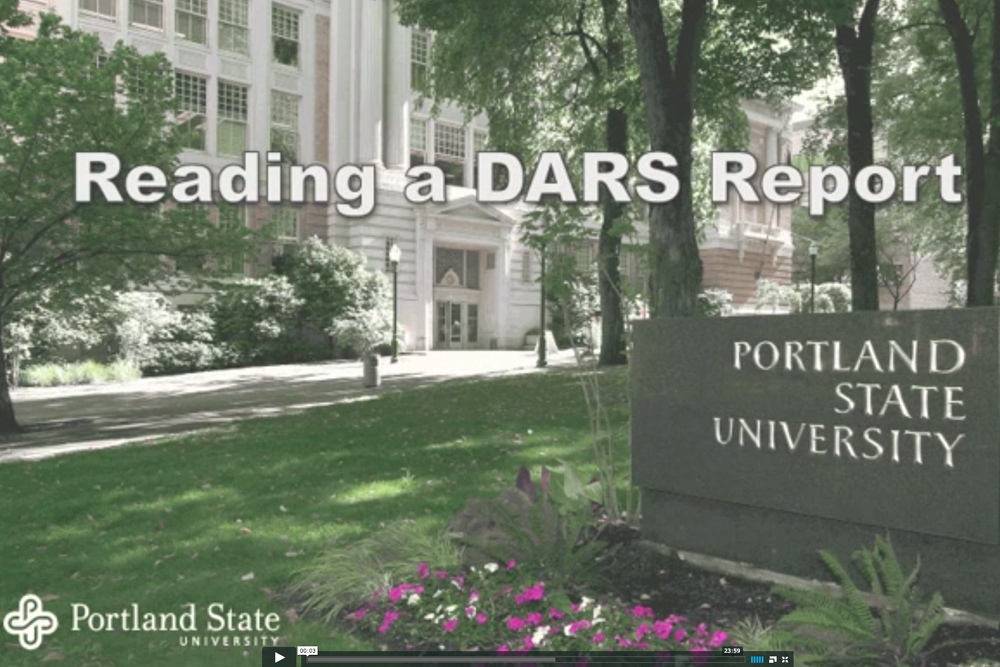If you have any significant experience taking classes within the university system, then it’s a safe bet that you’ve had a professor who just wasn’t a good fit. Maybe they taught in a style you didn’t like, maybe they had that one accent you could never understand, maybe they smelled…interesting.
Hopefully you were fortunate enough to notice this deal breaker in the first couple classes. If not, you probably have a vivid memory of just how painfully unpleasant it was to sit through 10 weeks of non-optimal professorship; if so, welcome to the club.
The overarching problem here is that too many of us are in the latter category, in which we don’t realize how poorly matched we are with our professors until it is too late for damage control. Unfortunately, it’s very easy to fall victim to this issue considering you’re allowed roughly one week after classes begin to drop with a 100 percent refund.
Depending on how many times per week your class meets, this is probably equivalent to about one or two class meetings, which is rarely enough time to make a calculated judgment about if the class of the professor will be a good fit for you.
You might not have too much trouble with that thick accent (or even mild accent) at first, but just wait until week two when you start wondering why the professor hasn’t bothered to pair the lectures with a PowerPoint. Just cross your fingers and hope that the stuff you can’t understand won’t be on the midterm. Spoiler alert: It will be.
Alas, fear not, fellow students: If you start noticing problems in week two, you’re free to drop the class for a 70 percent refund, because somehow two weeks of class equates to 30 percent of what you paid for it. Furthermore, if your hatred continues to grow you can drop in week three for 40 percent and even week four for a whopping 20 percent refund. Don’t spend it all in one place.
Let’s say you show up to class, hate the prof and decide to drop it. Awesome. Problem solved, right? Nope, because there’s no guarantee that there will be anyone else to teach that class this term, next term or any other term, for that matter. This means that you could drop a necessary class on the basis of a bad professor, only to find that there will be no one else to profess it. Looks like you’d better start getting used to that accent.
The worst is when you can’t identify certain professorial problems until long after week two, such as unusual methods of grading or poor/useless feedback. At this point, if you do decide to drop the class you’d better have a butt-ton of money, because you only get a partial refund. And don’t even think about adding another class to replace the one you dropped, because you’d need an unreasonable amount of free time to catch up.
“What’s the root of this problem?” you ask. “Why do some professors incur in me such vehement frustration that I want to slam my head against the unnecessarily expensive textbook they required me to buy?” Melodrama aside, it probably has something to do with the lack of standards on teaching higher education. Seriously, look it up: you don’t need any kind of teaching certification to be a college professor.
“No certificate?” you exclaim. “But what does this mean!?” Well, comrade, it means that your professor never actually had to learn how to profess. Without a standard, every teaching style will be indefinably different and will contribute to a vast array of methodologies, none of which are advertised in the course catalogs. That’s right, registration is basically a roll of the dice, except the six sides represent questionable teaching methods.
Oh, don’t forget about ol’ reliable website Rate My Professors. If you’re new to college (or if you’ve been living under a rock), this site allows you to check and write reviews on professors at just about any school; it tracks their overall scores on things like helpfulness, clarity, easiness and even hotness. “Our problems are solved!” you cry, a twinge of hope left in your feeble voice.
False. Rate My Professors is cool, but don’t forget that the existing reviews could have been posted years ago. Professors are people too; they can change from good to bad, from bad to good, and anything in between. This site is only useful under a set of specific parameters. First, your professor has to be on the site and have existing reviews for you to read. Second, those reviews must be recent. Third—here’s the catch—those reviews must be objective.
We can’t forget that Rate My Professors eats a solid diet of hot, wet college angst. It operates totally on the notion that college kids value their own opinions so much that they go out of their way to post them on the Internet for others to read and use. The objectivity of a review could be compromised by any number of factors. For instance, a review by the student the prof disliked would probably look a lot different than the one written by the teacher’s pet, am I right?
The moral of the story is that there’s a huge issue going unaddressed; because of the lack of standards, there’s no way to completely avoid subpar professors, and the add/drop regulations perpetuate the problem by making it grossly unappealing to drop the class. I think it’s reasonable to ask—on the basis of our ungodly tuition—for three weeks of class with guarantee of a full refund.
I know, an extra fortnight before the drop date doesn’t enforce any kind of standard on teaching, so obviously it won’t solve the root of the problem; at the very least it would give us a little more ground to make a decision.






